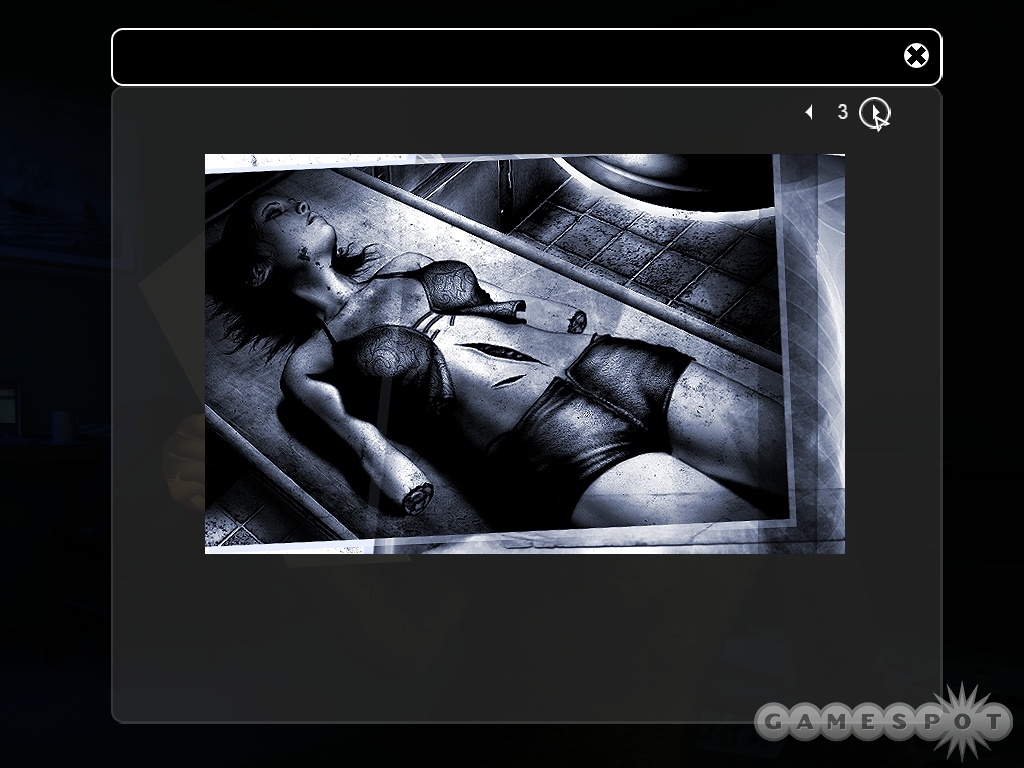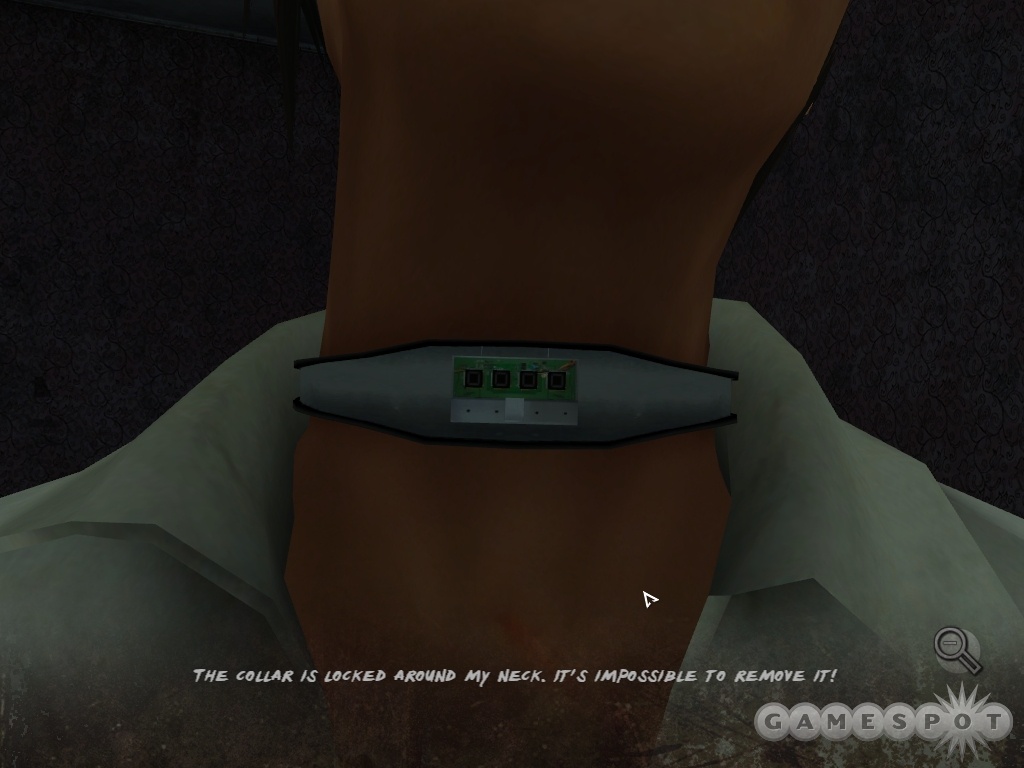Because the original Still Life came out in 2005 and remains memorable today largely for its disappointing nonending and slavish devotion to adventure game cliches, the arrival of a sequel comes as a surprise. Regardless of whether or not the original left you hungry for a sequel, Still Life 2 is actually a better game than its four-year-old predecessor. It remains a strongly traditional adventure loaded with formulaic puzzles that feel a bit clunky in this day and age, but the plot is now at least more emotionally involving and offers a real conclusion.

Story structure mimics that in the first game, with the action once more flipping back and forth between characters in very different situations. Once again, the star is Victoria McPherson, an on-again, off-again FBI agent on the trail of a serial killer that the media has charmingly dubbed the East Coast Torturer. Unlike the first game, which blended McPherson's modern investigation with crimes investigated by her grandfather back in the 1920s, the secondary character here is a reporter named Paloma Hernandez who is actually in the clutches of the killer. This tweak allows the tale to fill in the blanks about the murderer's identity and methods. Seeing as so much was left unsaid in the first Still Life, you can't complain about finally getting a better glimpse at the sicko behind the mask. Unfortunately, the killer's sinister accoutrements (most notably a gas mask oddly reminiscent of Fallout box covers) are the most original thing about him. The rest of his act is a straight rip-off from the Saw movies, down to the enterprising use of video cameras and sadistic games that involve such gadgets as shock collars.
Yet despite the lack of originality in spots, the experimental script is almost an exercise in metafiction. It self-consciously bounces back and forth between tracking down the murderer and trying to escape the murderer--an artificial yet satisfying manipulation that always keeps you creeped out. Spending time in each woman's shoes really ratchets up the tension. There is always a lot on the line, right down to the very end of the game, where you have just one shot to save a life and can only try again through a saved game by finding and inputting a code. Only some subpar voice acting and occasionally cheesy dialogue break the dark mood. Emotions can also bounce all over the place. Characters intermittently go from steely determination to whiny and overwrought in the blink of an eye. Far too many lines have been cribbed from an eighth grader's take on Dashiell Hammett. You can tell that the author was going for an old-time detective novel vibe with such lines as "The only place for an ice cube like that is a glass of whiskey." But it's hard to feel the noir when all you want to do is laugh. Jaunty crime noir-speak fits fine if you're dealing with thugs in fedoras and dames with legs all the way up to their necks, but it isn't quite as appropriate when you're tackling a serial killer who vivisects his victims. These corny lines don't work well with the grim, stylish visuals, either. Black-and-white photos of cut-up corpses, run-down houses in the forest straight out of Texas Chainsaw Massacre, and even the eternally scowling visage of McPherson stand in stark contrast to the cornball commentary.
Gameplay really takes the police procedural aspect of the story to heart. Every challenge you're presented with is as formulaic as an episode of CSI or Law & Order. The whole game consists of either investigating crime scenes with McPherson and her nifty suitcase full of forensic goodies or being stuck in a succession of rooms as Hernandez with the only way out to be found via random junk hidden in every nook and cranny. The forensics stuff can be slow, with you examining locations and hauling out the swabs and fingerprint powder to gather clues in a very methodical, step-by-step manner. Hernandez's scenes are more generic adventure. You know the drill. Everything starts with a look around, moves on to scooping up whatever isn't nailed down, and finishes up with random experimentation. Hmm, will that fireplace poker smash open the truck window? How can I combine a roll of tape with this mine? OK, the cape is wet, so what do I do with it now? And so on.

Yes, you're MacGyver again, for the umpteenth time in an adventure. Yet, that isn't a bad thing, at least if you're looking for an old-school adventure. Both the investigation and the situational, object-dependent stuff are always logical, so you can typically figure things out without recourse to a walk-through if you've got some patience. This point-and-click grind is also freshened up with the odd brainteaser. Most of these puzzles are pretty dreary--raise your hand if you really want to disarm yet another laser trap--but they are reasonably devious. Only dark scenery and a few issues with inventory management interfere with your sleuthing. Pitch-black corners where you can't see anything are a real pain, especially because you can't adjust the gamma in the game settings. Also, inventory is simply too small. You need to wrangle large objects, such as mattresses and fire extinguishers, every so often, which requires some fiddling around with temporarily storing items in conveniently placed dressers and chests.
Devotees of old-fashioned adventures, such as the ones Sierra used to make, should find something to enjoy in this detective story. Still Life 2 may sort of be the answer to a question nobody was asking, but its mingling of cop-show procedural forensics and a creepy-if-cliched hunt for a brutal serial killer deliver some challenges and chills amidst the design missteps.